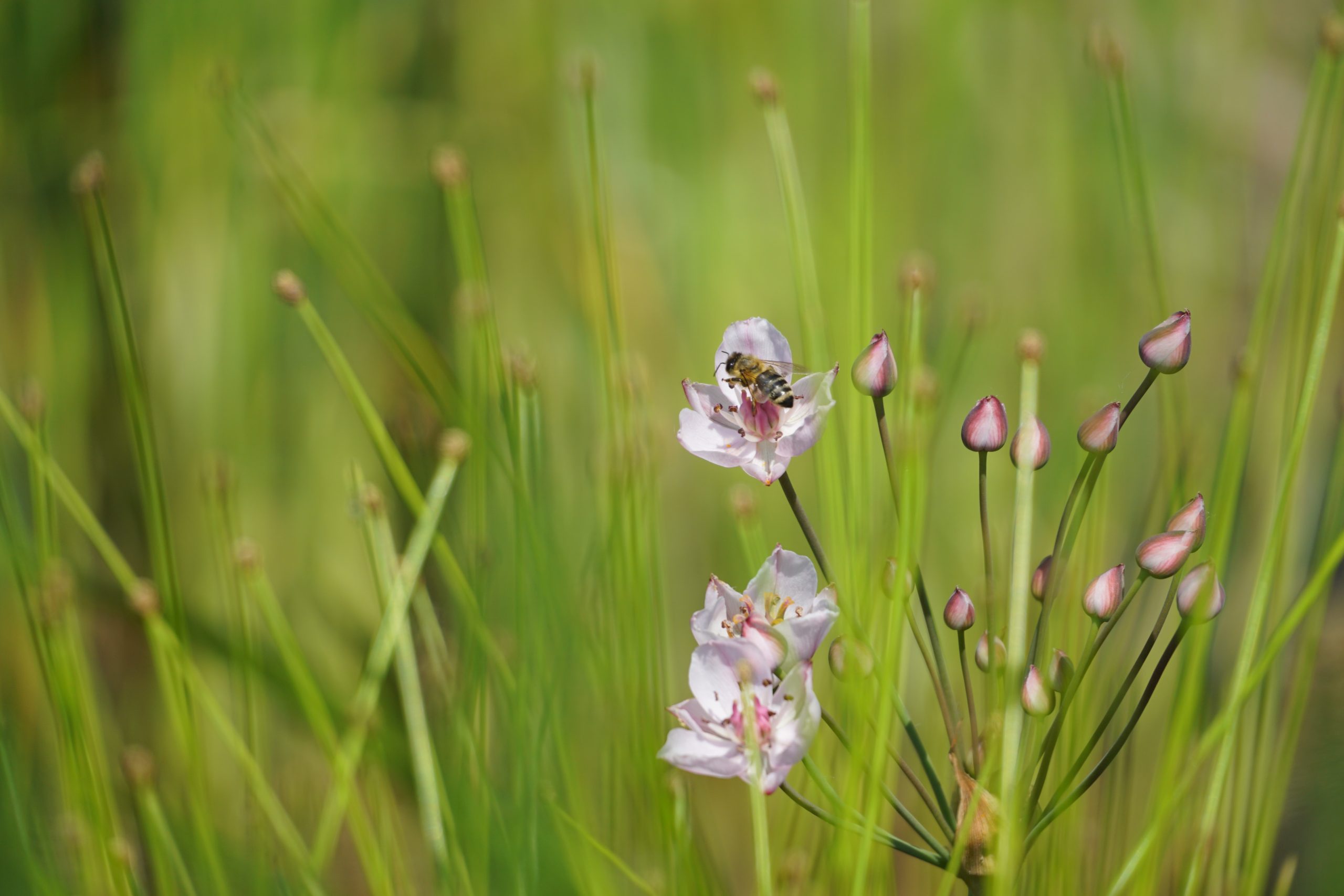Subtitle 1: The Importance of Pollinators in the Garden Ecosystem
Pollinators, such as bees and butterflies, play a crucial role in our garden ecosystems. These small creatures are responsible for the pollination of flowers, which leads to the production of fruits, vegetables, and seeds. Without them, our gardens would be barren and devoid of the bountiful harvests we enjoy.
Bees are among the most important pollinators. They transfer pollen from the male part of a flower to the female part, enabling the fertilization process. Butterflies, on the other hand, are excellent long-distance pollinators. As they flit from one flower to another, they inadvertently transfer pollen and contribute to the overall pollination process.
Subtitle 2: Choosing the Right Plants to Attract Bees and Butterflies
To create a garden haven for pollinators, it’s essential to choose plants that attract and support bees and butterflies. These creatures are attracted to vibrant and fragrant flowers with nectar-rich blooms. Here are some plants that are particularly appealing to pollinators:
- Bee-friendly plants: Choose flowers like lavender, sunflowers, coneflowers, and bee balm. These plants provide ample nectar and pollen sources, attracting bees to your garden.
- Butterfly-friendly plants: Consider planting milkweed, buddleia (butterfly bush), zinnias, and lantanas. These plants produce bright-colored flowers that are irresistible to butterflies.
By incorporating a variety of flowering plants into your garden, you can provide a continuous source of food for bees and butterflies throughout the seasons.
Subtitle 3: Creating a Welcoming Habitat for Pollinators
In addition to providing attractive flowers, it’s important to create a welcoming habitat for pollinators. Here are some steps you can take:
- Provide shelter: Incorporate features like flowering shrubs, tall grasses, and trees into your garden. These elements offer shelter from wind, rain, and predators, creating a safe space for pollinators.
- Include water sources: Place shallow dishes or birdbaths with clean water in your garden. Butterflies and bees need water for drinking and mud-puddling, which is the process of collecting minerals from damp soil.
- Create a diverse landscape: Plant a mix of native and non-invasive exotic plants to attract a wide range of pollinators. Native plants are particularly beneficial as they have evolved alongside local pollinators and provide a familiar food source.
- Minimize pesticide use: Reduce or eliminate the use of chemical pesticides in your garden. Pesticides can harm pollinators directly or indirectly through contaminated pollen and nectar. Opt for organic pest control methods or natural alternatives whenever possible.
Subtitle 4: Practices to Support Pollinators in Your Garden
Apart from creating an inviting environment, there are additional practices you can implement to support pollinators in your garden:
- Plant in clusters: Group flowers of the same species together to create attractive patches. This helps pollinators find and visit multiple flowers efficiently.
- Extend the blooming season: Select plants that flower at different times of the year. By having a variety of plants with staggered blooming periods, you ensure a continuous food supply for pollinators throughout




